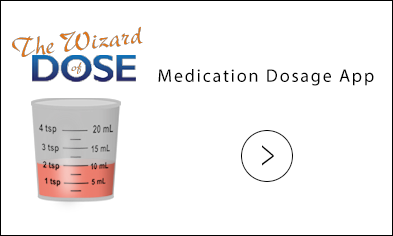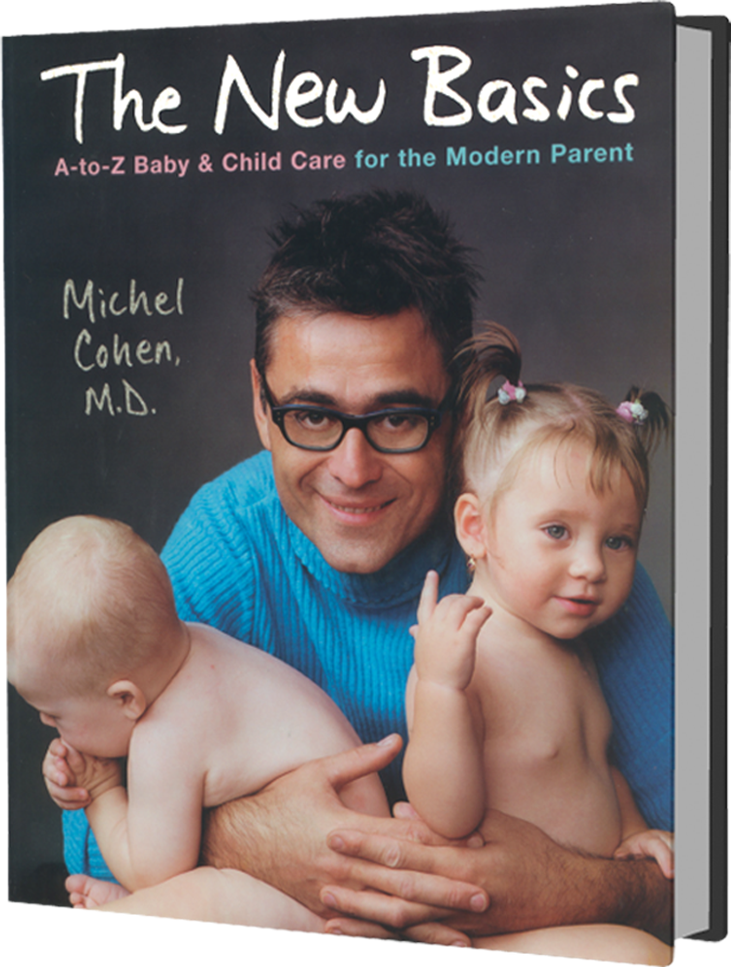
Bottle Weaning
Who cares if Jimmy still has his bottle at fifteen months? Actually, he does. In their second year, toddlers still find significant comfort in sucking from a nipple. As long as he downs his “ba-ba” and doesn’t treat its nipple as a pacifier, he’s fine. A bottle before bedtime is fine too, provided he doesn’t keep it in his mouth while sleeping (the milk sugars can cause cavities; [See: Tooth Rot]). During meals, offer him a regular cup of water to wash down the food. As he gets older, he’ll steadily decrease his bottle count per day until he’s down to one or none. If, however, he drinks more than three or four daily, uses them as pacifiers, or is drinking so much from the bottles that his appetite for solid food is affected, then it’s time do away with them.
How to Get Rid of the Bottle
Just throw it in the garbage. Sound tough? It’s actually really simple, but you have to stand firm. Done right, it’s the cleanest solution. The first afternoon without his ba-ba, Jimmy will be rather insistent. Don’t take the bait. If you talk too much about the missing bottle, you might as well give it back to him. After a bottle-free day or two, I assure you he’ll completely forget about it. Having said all that, I have to confess that one of my kids had a bottle a day till the age of four, until we resorted to the above strategy. Since then, I’ve seen this approach to weaning help hundreds of my bottle addicted little patients, and it works better than any other method.
Sipping Cups
People seem to like these, though I’m not sure why. They leak, which means more cleaning up. Also, if you move from bottle dependency to sipping-cup dependency, you’re just adding another habit that will eventually require breaking. As far as I’m concerned, it’s best to go straight from a bottle to a regular cup at around the first birthday.




 MEDICATION DOSAGE
MEDICATION DOSAGE

